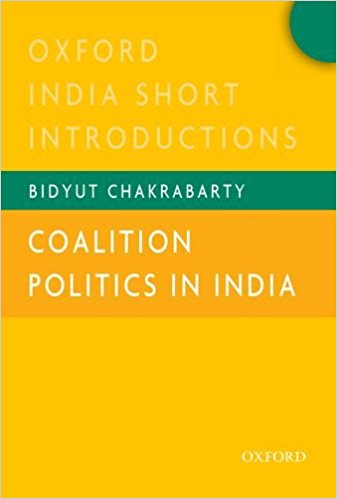1990s was the era of great transformation in the history of Indian politics. Since then no single party won a majority in the national polls until and this phase is largely known as the ‘post-Congress era’. Coalition politics is a result of rise of regional parties on agendas of national importance. It is basically a consensus among diverse social groups and communities in the pursuit of common political goals.
Coalition Politics in India by Bidyut Chakrabarty highlights the fact that coalition has been an integral part of Indian politics. It is also reflective of fragmentation of social interests at the grassroots that remain unrepresented (p.2). The post-Nehruvian era was significant in tracing its roots. The 1967 State Assembly election altered India’s political equation, non-Congress voices were rising. A new kind of leadership had developed at the regional level. Thus regional parties emerged as possible alternative to the single-party Congress rule. Chakrabarty’s analysis is to understand the complex nature of India’s coalition experiment.

